Seeking a yoga pose that invigorates your body and mind, leaving you feeling energized and strong? Look no further than Salabhasana, the Locust Pose. This dynamic backbend is more than just a cool pose name; it’s a gateway to improved flexibility, core strength, and even stress relief.
Ready to take flight? This guide will equip you with everything you need to confidently approach Salabhasana, from its benefits to step-by-step instructions and helpful tips. So, grab your mat and prepare to unlock the power within!
What is Salabhasana?
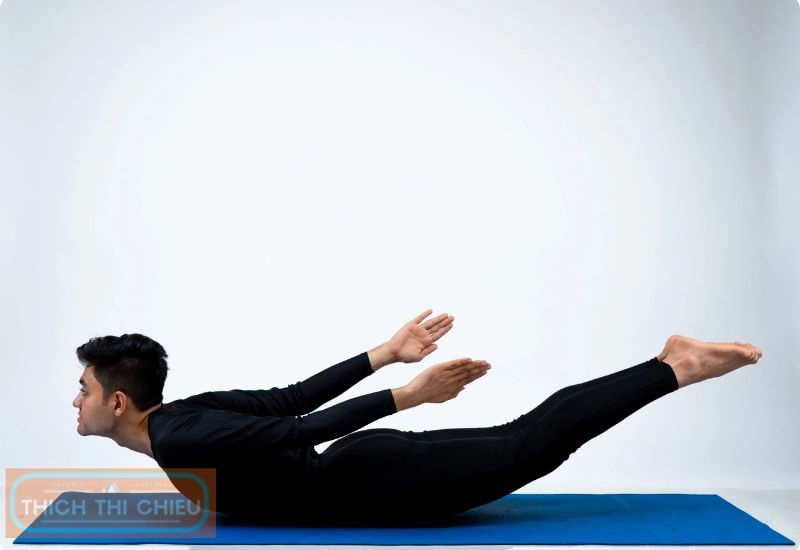
Imagine mimicking a locust in flight, your body lifted high, arms reaching back, and legs extending towards the sky. That’s the essence of Salabhasana! It’s a prone backbend that engages your entire body, from your fingertips to your toes. While challenging at first, it offers a multitude of benefits that make it worth the effort.
Benefits of Practicing Salabhasan
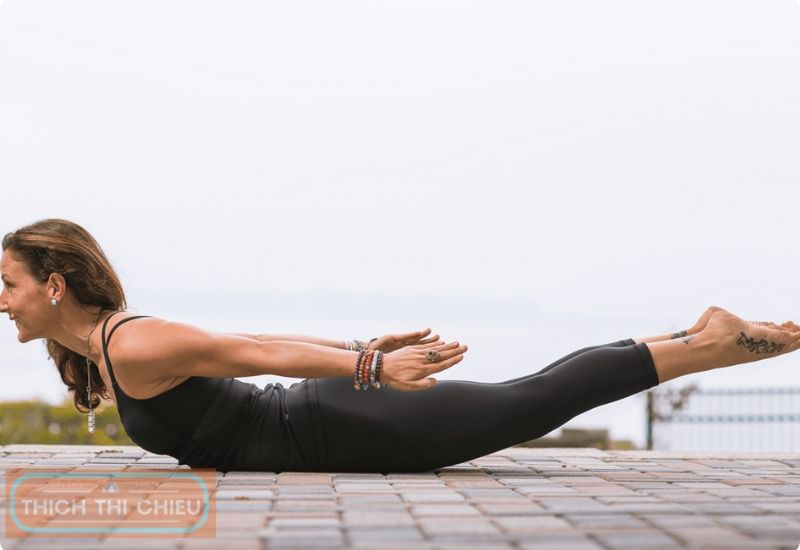
Back Muscle Bliss
Say goodbye to slouching and hello to a strong, supported spine! Salabhasana targets the erector spinae muscles, the workhorses that run along your back, keeping you upright and pain-free. This translates to better posture, improved core stability, and even fewer backaches.
Spine Flexibility Freedom
Feel like your spine’s stuck in one position? Salabhasana is the stretch you’ve been waiting for! This pose elongates the entire spine, increasing your range of motion and combating the effects of all that desk-sitting. You’ll feel taller, lighter, and ready to tackle any bend!
Core Powerhouse
Forget crunches – Salabhasana engages your core like no other! It activates your rectus abdominis, transverse abdominis, and obliques, building a strong, toned center that boosts your balance, stability, and even your everyday activities.
Digestive Delight
Feeling sluggish? Salabhasana gently massages your abdominal organs, aiding digestion and elimination. This can help relieve constipation, bloating, and other digestive woes, leaving you feeling lighter and more energized.
Stress Slayer
Life got you down? Salabhasana is your stress-busting buddy! This pose promotes deep relaxation, calming your mind and easing anxiety. It’s like a mini-vacation for your nervous system, leaving you feeling refreshed and ready to face anything.
Energy Energizer
Tired of feeling drained? Salabhasana is your natural energy booster! This pose invigorates your body and mind, increasing blood flow and circulation. You’ll feel revitalized and ready to take on the day with renewed enthusiasm.
How to Perform Salabhasana
Prepare for Takeoff:
- Find your mat: Choose a comfortable, non-slip mat to provide a stable base for your Locust journey.
- Warm up your body: Gentle stretches and light movement will prepare your muscles and prevent injuries.
- Listen to your body: If you have any pre-existing injuries or medical conditions, consult your doctor before attempting Salabhasana.
Taking Flight:
- Lie prone: Start by lying flat on your stomach with your legs extended straight back and your arms resting alongside your body, palms facing down.
- Engage your core: Press your pubic bone into the mat to activate your core muscles. This will provide stability and protect your lower back.
- Lift your head: Gently turn your head to one side and rest your forehead on the mat. This allows you to focus on your core and avoid straining your neck.
- Inhale and prepare: Take a deep inhale, feeling your chest expand and ribs lift. This breath will fuel your ascent.
- Lift off: As you exhale, simultaneously lift your chest, head, arms, and legs off the ground. Keep your legs straight and together, toes pointed. Imagine stretching your entire body towards the sky, like a majestic locust.
- Reach and engage: Extend your arms back towards your feet, palms facing each other. Engage your shoulder blades and keep your neck long and relaxed.
- Hold and breathe: Hold the pose for 5-10 breaths, focusing on maintaining a steady, deep breath. Feel your core muscles working and your spine lengthening.
- Graceful descent: Gently lower your chest, head, arms, and legs back to the ground, one at a time, as you inhale.
- Rest and repeat: Relax in Child’s Pose for a few breaths to recover before attempting another round.
Tips for a Smooth Flight:
- Start slow and modify: Don’t try to become a full-fledged locust overnight! Begin with raising just your chest and head, gradually increasing the intensity as you build strength and flexibility.
- Focus on alignment: Maintain a straight spine and avoid arching your back. Keep your neck long and relaxed, and avoid straining your shoulders.
- Breathe deeply: Your breath is your fuel! Focus on steady, deep breaths throughout the pose to keep your muscles oxygenated and prevent dizziness.
- Engage your core: Your core is your powerhouse! Keep your core muscles engaged throughout the pose to protect your lower back and maintain stability.
- Listen to your body: Don’t push yourself beyond your limits. If you feel any pain or discomfort, stop immediately and rest.
- Explore variations: Once you’ve mastered the basic pose, try variations like the Raised Locust Pose, Flying Locust Pose, or even Boat Pose
Variations of Salabhasana
From Beginner to Advanced:
- Half Locust: Perfect for beginners, this gentle variation involves lifting only your chest and head off the mat, keeping your legs firmly grounded. It stretches your spine and engages your core, building a strong foundation for further exploration.
- Raised Locust: Take your flight a step further! In this variation, lift your chest, head, and arms higher, keeping your legs straight and extending your toes towards the ceiling. Feel your spine lengthen and your core muscles ignite as you reach for the sky.
- Flying Locust: Ready for a challenge? This dynamic variation involves lifting your legs off the mat while maintaining the Raised Locust position. Engage your core and glutes to balance your body in a powerful pose that resembles a soaring locust.
- Boat Pose: Navigate to calmer waters with Boat Pose. Sit on your tailbone, extend your legs, and lean back, balancing your weight with your core muscles. This variation strengthens your abdominal muscles and improves spine flexibility while offering a different perspective on the backbend experience.
- Dolphin Pose: Dive into a deeper backbend with Dolphin Pose. Start in a plank position, lower your forearms to the mat, and lift your hips towards the ceiling. This variation opens your chest and shoulders while challenging your core and balance.
- Bow Pose: Take a graceful dip with Bow Pose. Lie on your belly, bend your knees and grab your ankles, pulling your chest and legs towards each other. This variation opens your chest and shoulders, stretches your back, and engages your core in a unique way.
Avoiding Common Mistakes in Salabhasana
Arching Your Back
Imagine a crescent moon – that’s not the shape you want for your spine! Overarching your back puts unnecessary strain on your lower back and can lead to injury. Remember, Salabhasana is about lifting from your core, not contorting your spine.
Correction: Engage your core muscles to lift your chest and head, keeping your spine long and neutral. Imagine your spine as a straight line, reaching towards the sky, not a curved banana.
Rounding Your Shoulders
Hunched shoulders aren’t exactly locust-like! Tight shoulders can restrict your breath and limit your range of motion. Remember, open shoulders make for a free-flying locust.
Correction: Keep your shoulders down and back, away from your ears. Engage your shoulder blades and reach your arms back towards your feet, palms facing each other. This will open your chest and allow you to breathe deeply.
Holding Your Breath
Don’t suffocate your inner locust! Holding your breath during the pose deprives your muscles of oxygen, leading to dizziness and potentially, injury. Remember, breath fuels your flight!
Correction: Focus on deep, steady breaths throughout the pose. Inhale to prepare for liftoff, and exhale as you lift your chest and head. Maintain a rhythmic breath to keep your muscles fueled and your mind calm.
Straining Your Neck
A cranky neck isn’t part of the Locust Pose package! Hyperextending your neck can pinch nerves and cause discomfort. Remember, a relaxed neck makes for a happy locust.
Correction: Keep your chin slightly tucked towards your chest. Avoid looking up or straining your neck muscles. Focus on lengthening your spine from your crown down, not just your head.
Pushing Yourself Too Far
Don’t try to become a full-fledged locust overnight! Pushing beyond your limits can lead to injuries and discourage further practice. Remember, baby locusts eventually become mighty flyers.
Correction: Listen to your body. If you feel any pain or discomfort, stop immediately and modify the pose or rest. Start with beginner variations and gradually increase intensity as you build strength and flexibility.
This guide equips you with everything you need to conquer Salabhasana, from gentle preparation tips to step-by-step instructions and helpful modifications. Remember, start slow, listen to your body, and focus on alignment and breath. Embrace the journey, celebrate your progress, and enjoy the exhilarating feeling of taking flight! Hopefully, the above article of TTC has provided you with useful information. If you have any questions or concerns, please leave a comment below.
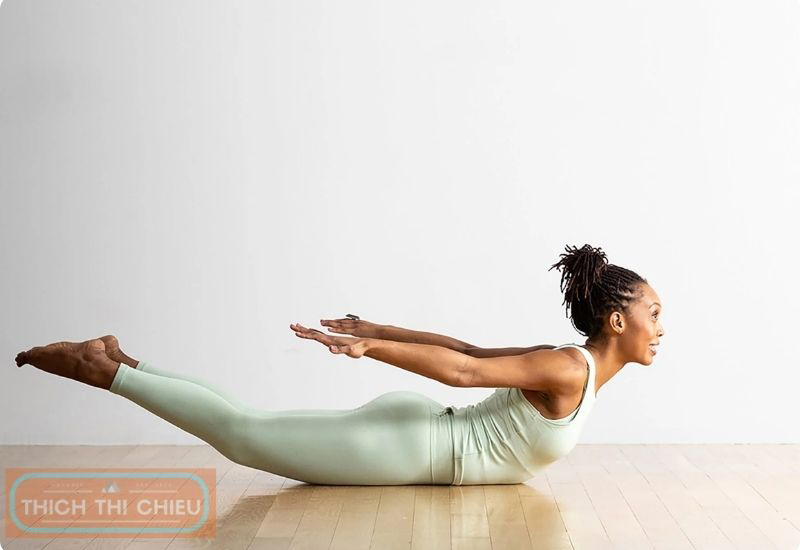
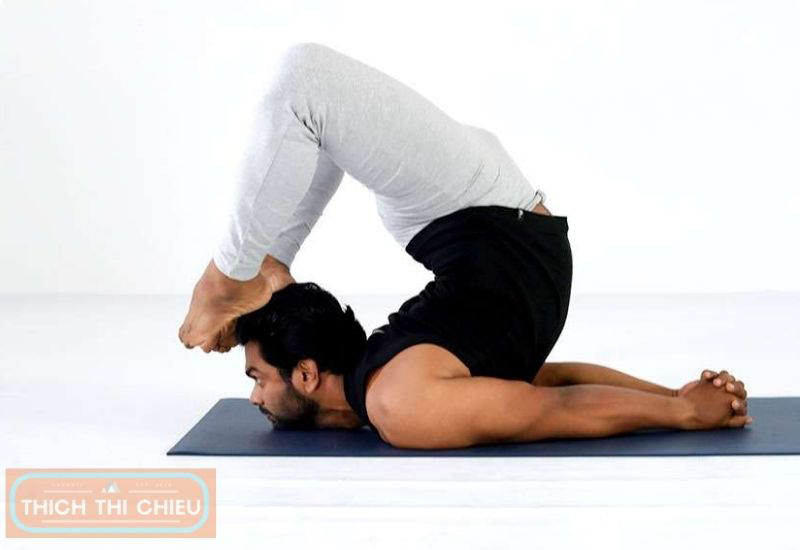
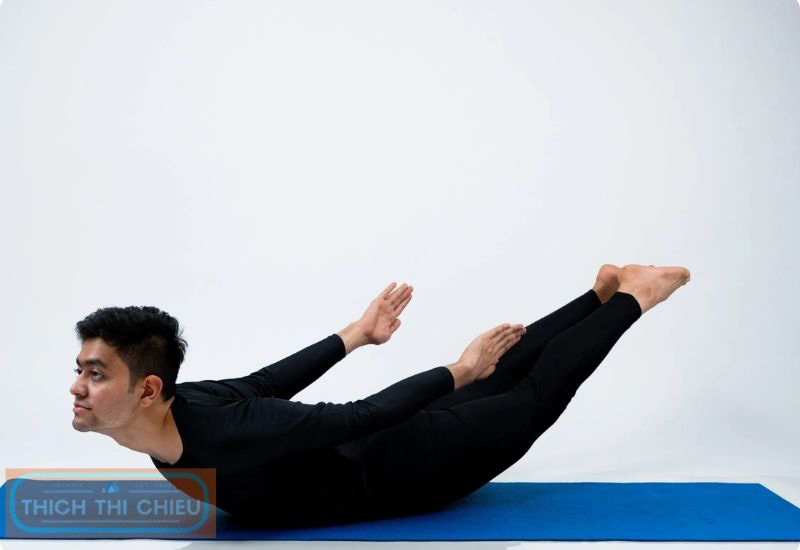





Leave a Reply